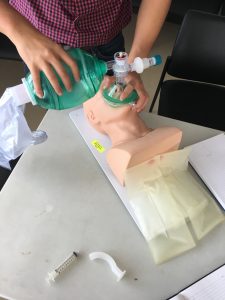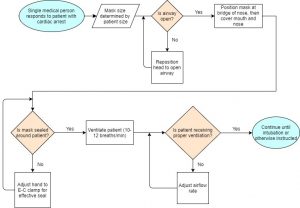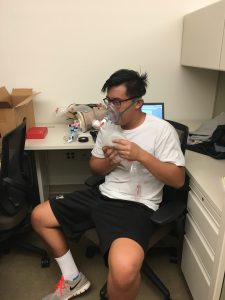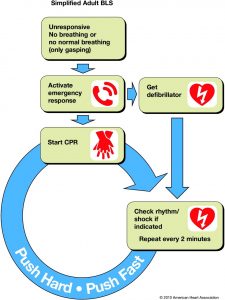I thought I had gotten past the inclement weather when I graduated from Rochester, where Timberland boots and thick winter coats were a testament to the blizzards and bitterly cold winds that passed there for most of the academic year. Given, I am still acclimating to the humidity every time I walk outside in Houston (which is quite a lot since my classes are across campus from one another), but at least there is air conditioning in every building. And then…enter Harvey.
You have all probably seen the coverage, but as quickly as Hurricane Harvey came, it was immediately engulfed by news of Irma, Jose, and Katia. It affected everyone in different capacities, but it was unifying to see every Houstonian helping each other out once the storm had passed. Volunteer shifts to help the less fortunate were packed, and I was lucky to help a family move furniture out of their house to a new location. It was great to see #HoustonStrong live up to its name.
Unfortunately, Harvey did shut down school for an entire week. Having just put in a week of classes under our belt, it was frustrating that our “beginning of the school year” momentum was snapped by over 50 inches of rain, putting us a week behind in a one-year program. These types of situations are out of our control, so the best thing is to have a positive outlook about this. Thankfully, classes resumed normally a week after, and it was as if we had a fresh start to the year again.
In just the few weeks I have been working, I quickly learned that time management is much more difficult when you set your own deadlines. As I mentioned in earlier blogs, my implementation project is called Truvent, which is developing a bag valve mask (BVM) that can provide feedback and data to physicians as to whether they are making a tight seal. This is one of the biggest issues with this product, where a poor seal can prevent the victim from receiving adequate ventilation when they are not breathing.
As part of the program, I have to set my own deliverables and deadlines over four cycles (two each semester), developing a specific work breakdown structure (WBS) for Cycle 1. Though it takes careful thought and consideration to determine timely and manageable objectives for the next month, it has helped me thus far to stay on track for each week and to accomplish all my tasks. Personally, I know that I am good at staying on track up to two weeks at a time, which is why it is important to constantly update my progress as the year carries on.
The main objectives for my first cycle are to analyze the clinical trial data conducted earlier in the year. Under the mentorship of Dr. Steven Boggs, Dr. Suman Rajagopalan, and Dr. Richardson, we are using this first set of data to help influence the direction of the redesign for the product and the market we aim to penetrate. In conjunction with conducting a market segmentation and product road map, we can properly scope our need statement and ultimately choose the path of Truvent.
Truvent began 3 years ago, and as the newest members of the team, I am understanding how important documentation can be. Though there is some previous literature and documentation of the work conducted up to this point, there are still gaps in knowledge that Karlee and I have had to fill since there is no documentation behind it, slowing down our progress. Aside from our main objectives to progress the project, I am committed to providing as much detail behind our research and processes, which will not only help me, but for all future parties who work on this project.
Given that, classes have been busy but exciting. Though I feel the most invested in my implementation project, I am excited for my innovation project, which is searching for a quicker way to activate basic life support (BLS) services in cardiac arrest patients. Believe it or not, in highly stressful times such as trying to resuscitate a victim of cardiac arrest, people forget the simple steps such as calling 911. There are methods out there that have tried to reduce this time, but to little success. No one will ever really feel prepared if they see someone experiencing a cardiac arrest event, but if the chart below is not very helpful, then maybe this video will be!
With these two projects alone, most of my days are packed, even though I only have classes two days a week. There is much less hand holding for these projects than I experienced during my undergraduate years, but as a professional Master’s program, this is the transition I need to prepare myself for industry. Looking ahead, it looks like most of my weekends are going to be packed! I’ll be traveling back to Costa Rica next weekend, Phoenix in a few weeks for BMES, and Austin for the SWE conference. Lots to talk about next time!
Until then, pura vida mis amigos.




